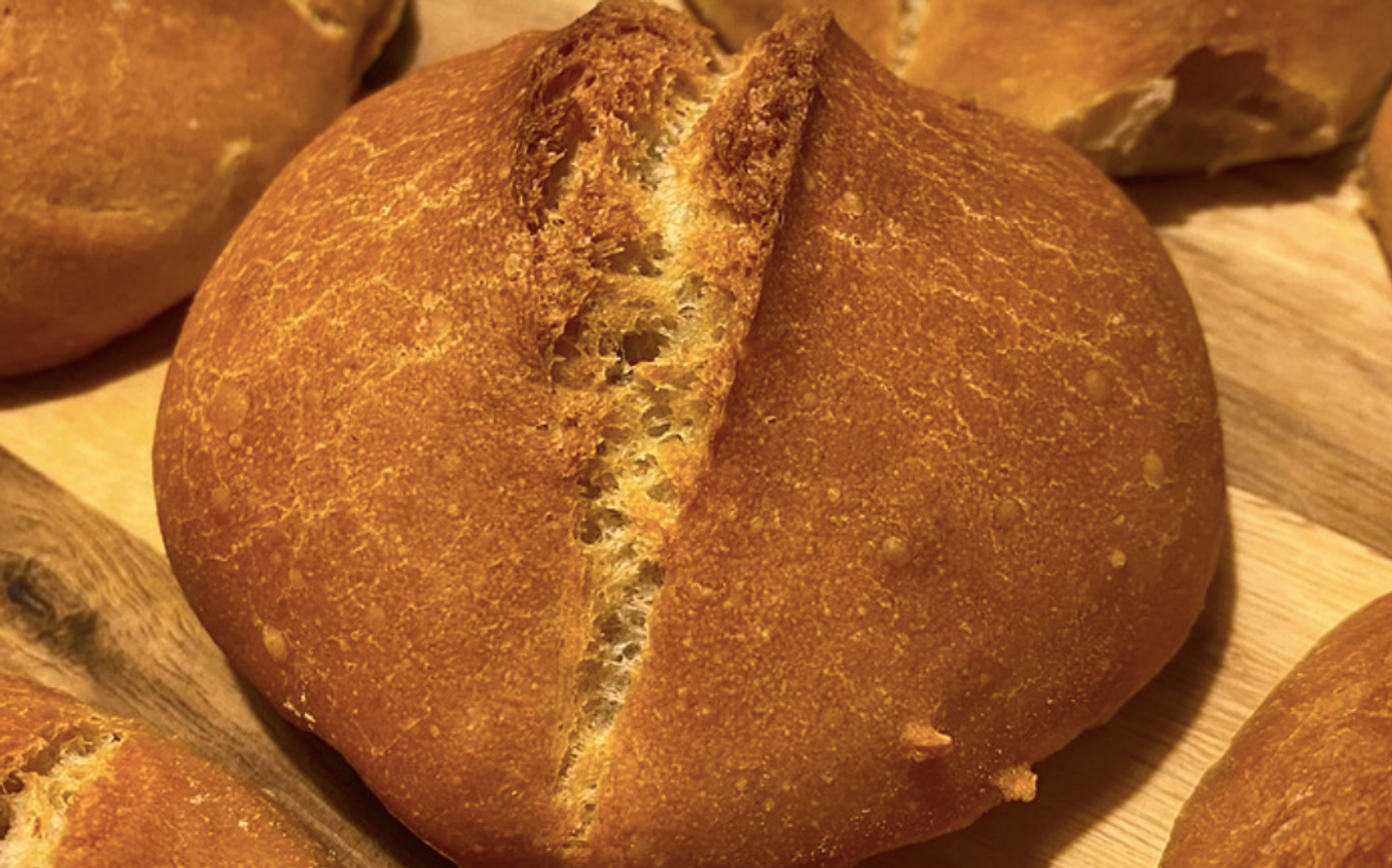Different Flours Make Different Sourdough Flavors
People have been eating bread for at least 14,000 years, and for most of that baking history, bread was made with a sourdough culture that contained a wide variety of microbes, including bacteria and yeast. Scientists have analyzed the microbial communities of sourdough breads made with various types of flours, and determined that different flours promote the growths of different microbes, leading to varied aromas and flavors of sourdough bread. The findings have been reported in PeerJ.
People around the world bake sourdough, and previous research from this group has shown that there are different types of microbes in sourdough starters, which influence rising time and aroma. This latest research is related to how flour types can affect the microbial communities, noted corresponding study author Erin McKenney, an assistant professor of applied ecology at North Carolina State University.
For this latest study, the investigators replicated the work that is done in home kitchens when sourdough is made. Four starter cultures were made, and then ten flours were applied to each to create 40 different starter doughs. Five of these flours contained gluten: einkorn, emmer, red turkey wheat, rye, and unbleached all-purpose flour; five were gluten-free: amaranth, buckwheat, millet, sorghum, and teff. All starters shared the same growth conditions and got fed once a day for two weeks.
Samples and observations were taken daily. The researchers found that although the starters were fairly similar at first, they changed significantly over the two week time period. Unique microbiomes formed in each starter culture. "Essentially, it appears that different types of bacteria are able to make the most of the nutritional compounds found in different types of flour," said McKenney.
Because there are different microbes using different flours as food, the metabolic outputs are diversified, and different smells are made.
McKenney noted that the aroma of amaranth sourdough was very similar to ham, for example. "I've never smelled a sourdough that had such a meaty aroma. Rye produces a fruity aroma, buckwheat has an earthy smell, and so on. There's a tremendous amount of variation."
Some flours were better at promoting growth in general as well. "One surprise was that rye flour fostered a much wider diversity of bacteria than any other type of flour," McKenney said. "We found more than 30 types of bacteria in the rye starters at maturity. The next highest was buckwheat, which had 22 types of bacteria. All of the other flours had between three and fourteen."
Seven of ten starters were also found to boost the growth of acetic acid-producing bacteria. But starters that used teff, amaranth and buckwheat did not carry these bacteria.
The level of acetic acid-producing bacteria ranged from 12.6 to 45.8 percent, depending on the flour. "So it's playing a significant role in those microbial ecosystems. This is surprising because we didn't even know this type of bacteria was found in sourdough until 2020," said McKenney. "Our previous work found that it was not uncommon, but to see it at such high levels, across so many types of flour, was definitely interesting."
This research may help bakers who want specific aromas and flavors in their breads, added McKenney. The study also showed that starters require ten days to reach the proper maturation level needed for baking.
Sources: North Carolina State University, PeerJ









